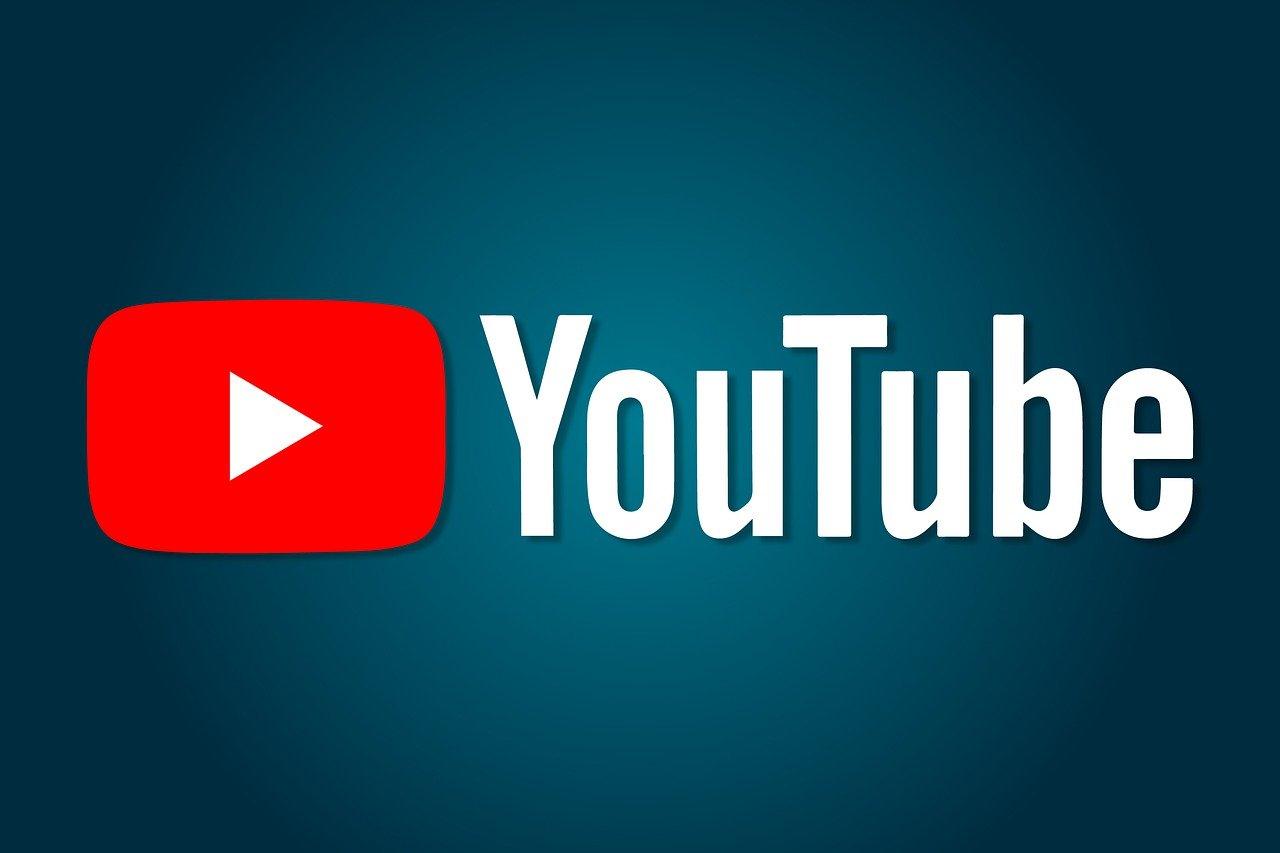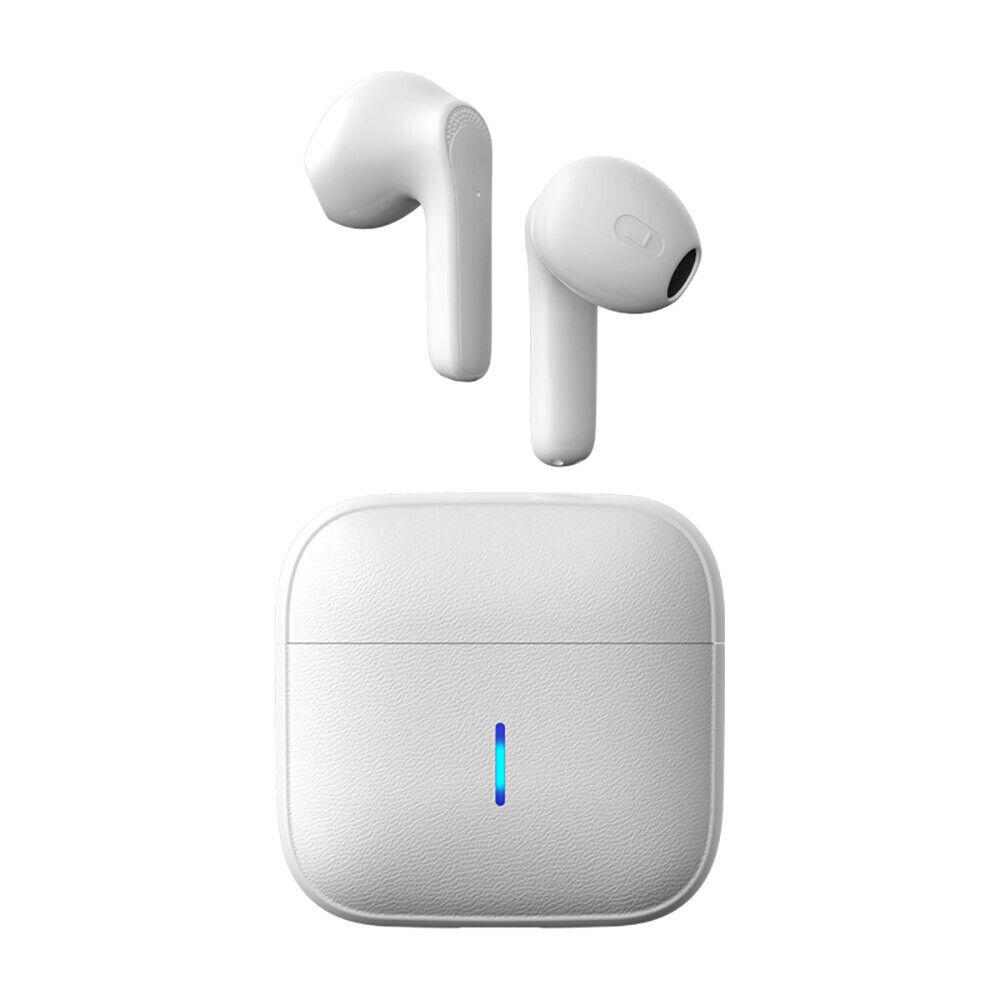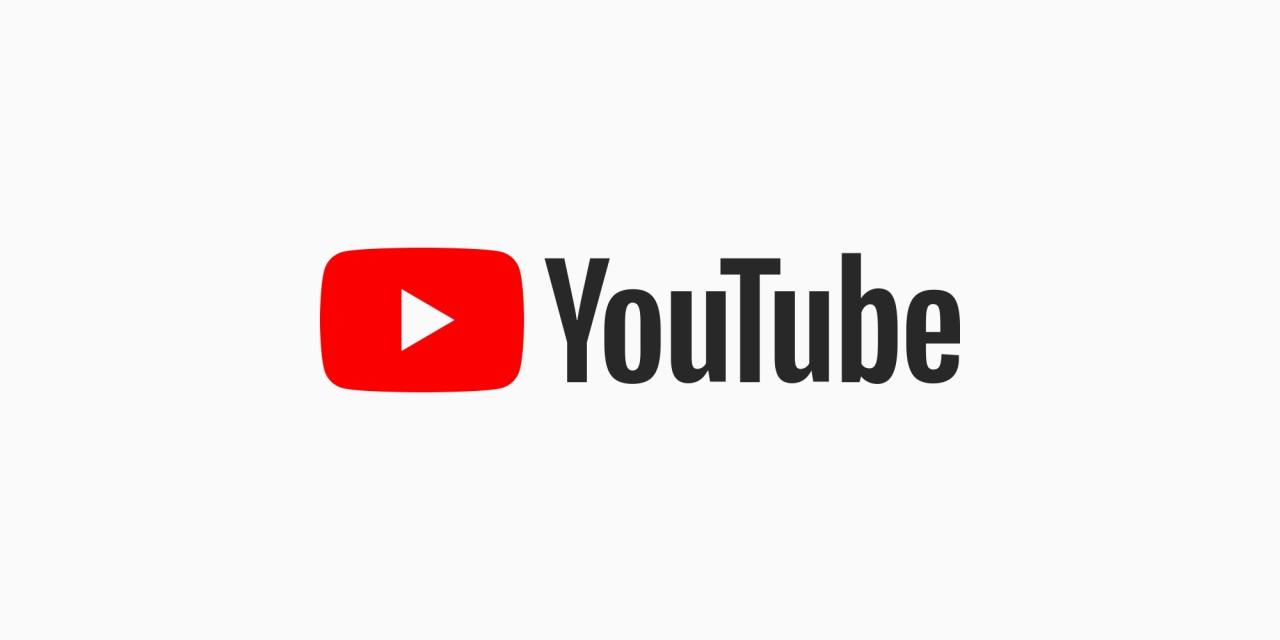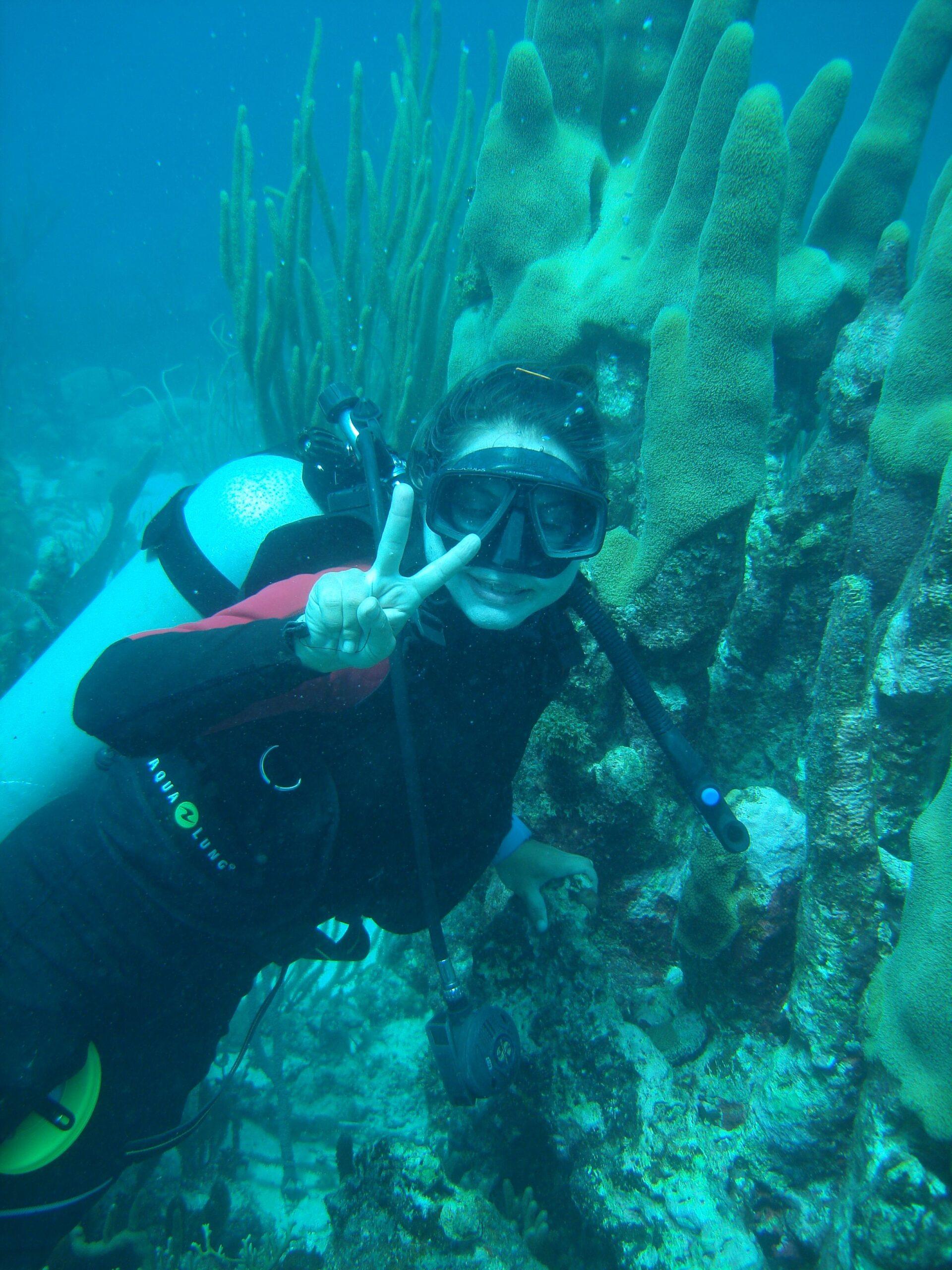Introduction:
Imagine you’re scrolling through your favorite YouTube videos, getting lost in the rabbit hole of cat compilations and cooking tutorials, when suddenly—bam!—you run into a video blocked due to the dreaded “terms of service.” It’s like finding out your favorite snack is no longer sold at the corner store. You might wonder, “What could possibly be so offensive or problematic?” Well, strap in, because we’re diving into the wild world of YouTube’s surprising banned list. You might be shocked to discover that some of the words and phrases that raise red flags are as mundane as your grocery list. In this article, we’ll explore the curious cases of these banned words, unraveling the mystery behind YouTube’s content guidelines, and perhaps give a little insight into why the digital space can feel more like a minefield sometimes. So, whether you’re a budding creator or just a casual viewer, let’s uncover the language that could land you in hot water, and maybe even learn a thing or two about the quirks of online content moderation!
Words That Raise Red Flags: Unraveling YouTube’s Censorship Criteria
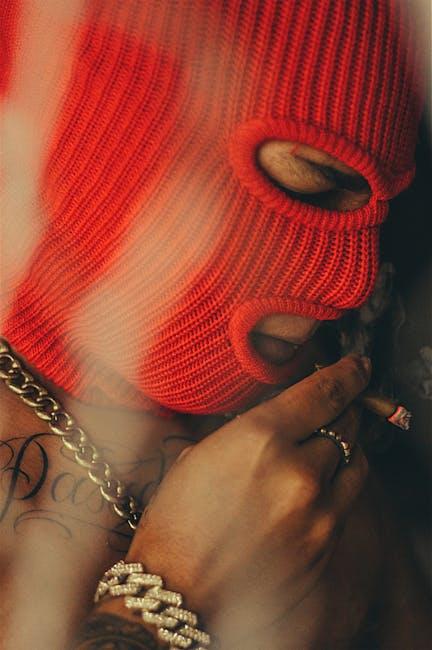
Words are powerful, right? They can spark movements, inspire art, and even get you a whole lot of attention. But hold up—some terms might land you in hot water on YouTube. The platform has its own criteria for what gets flagged, and it’s not always what you might think. Certain phrases or words can trigger the algorithm’s red flags faster than you can say “viral video.” We’re talking about delicate topics or controversial discussions that can set off a chain reaction leading to demonetization, video removal, or even channel bans. It’s like treading through a minefield of diction where one wrong step can blow up your reach, leaving you wondering what the heck just happened.
So, what terms are lurking in the shadows, waiting to trip you up? While the list is ever-evolving, some categories tend to raise eyebrows more than others. Here’s a snapshot of the types of words you might want to steer clear of:
- Violent Terminology: Words associated with threats or harm.
- Adult Content: Anything overtly sexual or suggestive.
- Hate Speech: Phrases that could be interpreted as discriminatory or intolerant.
- False Information: Claims that could mislead viewers regarding significant topics.
| Category | Example Words/Phrases |
|---|---|
| Violent Terminology | Kill, slaughter, threat |
| Adult Content | Explicit, pornographic |
| Hate Speech | Racist slurs, discriminatory |
| False Information | Conspiracy theories, misinformation |
Navigating the No-Fly Zone: Communication Tips for Content Creators

Finding your voice as a content creator is essential, but let’s face it, navigating YouTube’s complex ecosystem can feel like walking through a minefield. Words matter, and using certain phrases can lead to your content being flagged or restricted faster than you can say “algorithm.” To stay on the right side of YouTube’s policies, keep these tips in your back pocket:
- Avoid Trigger Words: Terms that relate to violence, hate speech, or adult content can raise red flags. Better safe than sorry, right?
- Use Euphemisms: Instead of saying “kill,” try “eliminate” or “overcome.” Think of it as dressing your message in a nicer outfit!
- Focus on Positivity: Highlight uplifting or educational content. Remember, the sun always shines brighter in a positive landscape.
It’s like being a tightrope walker; one misstep can send you tumbling. To maintain balance, consider implementing a content review checklist before you hit ‘publish.’ Here are a few key points to check off:
| Checklist Item | Status |
|---|---|
| Content Review Completed | ✔️ |
| No Banned Words Used | ✔️ |
| Engaging Thumbnail Created | ✔️ |
By being aware of the words you choose, you can create a savvy strategy that not only keeps your channel thriving but also cultivates a welcoming environment for viewers. So gear up and communicate wisely!
The Ripple Effect: How Certain Words Can Derail Your Channels Success

Picture this: you’ve crafted the perfect video, poured your heart out, and then, boom! You find your content being throttled just because of a couple of words. It’s wild how the right phrases can resonate, while the wrong ones can act like a digital landmine, sending your channel’s success tumbling down the rabbit hole. Imagine a tightrope walker; one misstep, and they fall. That’s how crucial your word choice is in the vast ecosystem of YouTube. Let’s be real, it’s not just what you say, but how you say it. Here’s a short list of words that can raise alarm bells:
- Violence
- Hate
- Drugs
- Bomb
Even if you think you’re just being edgy or pushing boundaries, algorithms don’t have a sense of humor. It’s like showing up to a party with bad breath—you might not even realize it until everyone’s turning their heads away. You’ve got to keep your content smooth and approachable. Speaking of which, let’s break down a few of those game-changing words in a simplistic way that highlights their potential impact on your channel:
| Word | Impact |
|---|---|
| Violence | Can trigger age restrictions |
| Hate | May lead to channel strikes |
| Drugs | Limits monetization opportunities |
| Bomb | Could result in immediate removal |
Stay Ahead of the Curve: Strategies to Keep Your Content Clean and Engaging
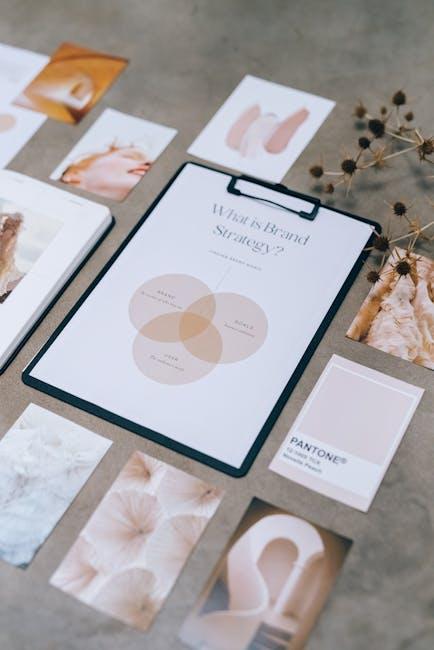
When it comes to keeping your content fresh and engaging, staying mindful of your language is absolutely key—especially on platforms like YouTube, where certain words can get you blocked faster than a cat video going viral. Embracing a clean vocabulary not only helps in avoiding unnecessary bans but also makes your content more approachable to a wider audience. Think about it: using inclusive language that resonates with viewers can transform their experience from passive consumption to active engagement. Have you ever felt put off by a few cringe-worthy phrases? Yeah, it’s that kind of vibe you want to steer clear from!
Take a moment to evaluate the tone of your content and the impact of your chosen words. Here are some strategies to keep in mind:
- Know your audience: Tailor your language to fit the demographic you’re reaching.
- Stay current: Keep up with trending topics to make sure your content feels relevant.
- Watch your adjectives: Sometimes, less is more when it comes to descriptions.
- Engage with storytelling: Use narratives to connect emotionally rather than relying on shock value.
Remember, even though the internet is a big playground, some words are like toys that can get you kicked out. By keeping it classy and creative, you’ll not only avoid getting blocked but also build a loyal audience that actively pushes for your content!
To Conclude
And there you have it—the surprising world of YouTube’s banned words! It’s almost like playing a game of verbal hopscotch, isn’t it? You’ve got to navigate those tricky spots to stay in the game and keep your content rolling smoothly. Whether it’s avoiding those infamous phrases that can send your comments straight to the void or understanding the reasoning behind YouTube’s censorship, being savvy about your word choices can save you from a frustrating fate.
So, next time you’re crafting that perfect video or comment, remember: a sprinkle of creativity, a dash of awareness, and a good chat with your viewers can go a long way. Let’s keep the conversation going, but maybe skip the words that lead to blocksville! Thanks for reading, and may your content flow freely in the digital realm—without any uninvited traps along the way!
